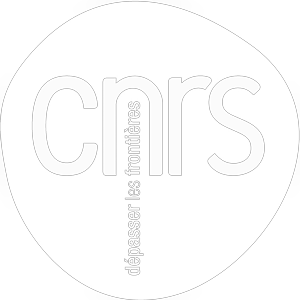Underestimation of Anthropogenic Bromoform Released into the Environment?
authors
keywords
- Disinfection byproducts
- Electrochlorination
- Atmosphere
- Proton-transfer-reaction time-of-flight mass spectrometry
- Modeling
document type
ARTabstract
Bromoform (CHBr3) belongs to very-short-lived substances (VSLSs), which are important precursors of reactive bromine species (BrOx) contributing to tropospheric and stratospheric chemistry. To date, most models calculating bromine product emissions to the atmosphere only consider the natural production of CHBr3 from marine organisms such as macroalgae and phytoplankton. However, CHBr3 has many other anthropogenic sources (coastal industrial sites, desalination and wastewater plants, ballast waters, and seawater toilets) that may drastically increase the amounts emitted in the atmosphere. Here, we report the levels of CHBr3 released in water and air (according to real-time and offline measurements by proton-transfer-reaction time-of-flight mass spectrometry (PTR-ToF-MS) and gas chromatography with electron capture detection (GC-ECD)) in a highly industrialized area where 3 million cubic meters of chlorinated seawater is released each day, which were measured during six field campaigns (at sea and on land) distributed over 3 years. The highest levels found during this survey (which were correlated to the physical–chemical characteristics of the water, meteorological and hydrological conditions, salinity, and temperature gradients along the water column) reached 34.6 μg L–1 in water (100–10 000 times higher than reported natural levels) and 3.9 ppbv in the air (100 times higher than the maximum reported value to date). These findings suggest the need to undertake sampling and analysis campaigns as close as possible to chlorinated discharges, as anthropogenic CHBr3 sources from industrial discharges may be a missing factor in global flux estimates or organic bromine to the atmosphere.



